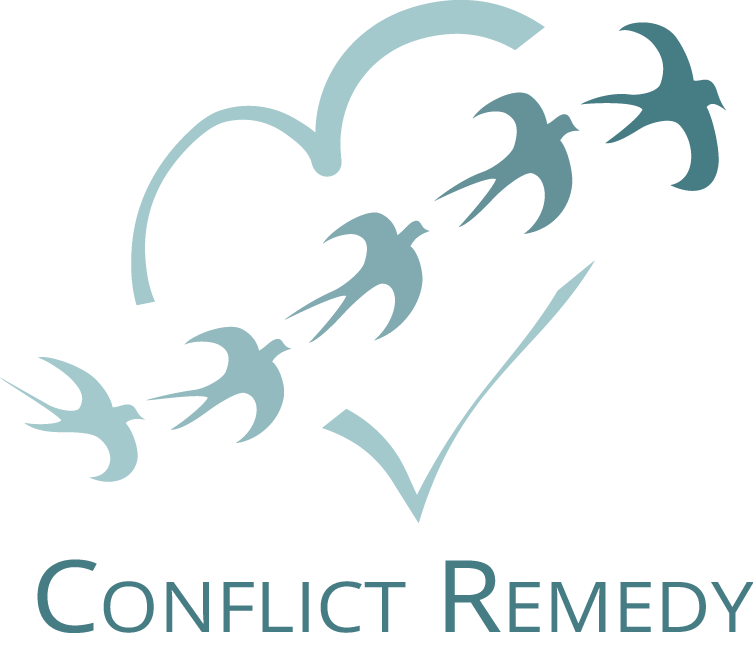
Understanding fault lines and property lines can help us resolve conflicts.
Fault lines—as a Californian I’m familiar with fault lines, the locations where tectonic plates meet and can shift, creating earthquakes. I live right on one of the smaller ones, the Steven’s Creek fault line in Santa Rosa CA.
But it occurred to me that fault lines could refer to how we assign blame in a conflict. We generally draw the line to show that most of the fault is on their side of the line, and almost none on our side. And the other person may do the same.
But unlike an earthquake where we have almost no control over the noise, the shaking, the energy, in a conflict we can shift or redefine fault lines. Instead of hollering at each other from opposite sides, we can build a bridge between their perspective and our own.
Part of this is shifting from blame to contribution, a concept I originally learned about in the classic book, Difficult Conversations, how to discuss what matters most. One of their suggestions for navigating conflict more skillfully, is to look at your own part. I fervently believe that in any conflict, both participants have a share in the problem and misunderstanding.
Property Lines
Another way of looking at our contribution to a problem is to think of it in terms of property lines. If you own a home or building, property lines are where one piece of real estate stops and another begins. There is a whole specialization in the mediation field about real estate, and some disputes are literally about property lines.
But this concept is useful in many other kinds of conflicts when we ask, “What’s my conflict “property” and what’s theirs?” My opinions, judgements, and the story I tell about what happened are my property. And their assumptions, opinions etc. are theirs, not mine.
Pause and assess fault lines and property lines
Instead of immediately reacting, when we can pause, and thoughtfully assess fault lines and property lines in a conflict we are in, we can begin to listen better and understand that multiple perspectives are possible. Simply asking yourself, “What’s my part, my fault (line), my property (line)?”, can help you expand your perspective instead of staying stuck in a narrow judgment. This by itself won’t necessarily be enough to resolve the conflict to both people’s satisfaction, but it is a helpful start to a calmer, more productive conversation.
 Lorraine Segal has a deep passion for helping people in organizations and corporations communicate better, resolve conflicts, let go of resentments, and deal with bullying. The goal: to create a more harmonious and productive workplace. Through her business, Conflict Remedy, Lorraine creates customized training and coaching programs for non-profit organizations, corporations, and government agencies. She is also lead instructor for the Conflict Management Certificate, a professional development program at Sonoma State University. She is a contributing author to the books, Stand Up, Speak Out Against Workplace Bullying and Living Together: Surviving a Pandemic. She writes a blog through her Conflict Remedy website and was listed as one of the Top Conflict Management experts to follow on LinkedIn. Contact Lorraine at https://ConflictRemedy.com for more information, to request a free consultation for you and your organization or to sign up for her newsletter.
Lorraine Segal has a deep passion for helping people in organizations and corporations communicate better, resolve conflicts, let go of resentments, and deal with bullying. The goal: to create a more harmonious and productive workplace. Through her business, Conflict Remedy, Lorraine creates customized training and coaching programs for non-profit organizations, corporations, and government agencies. She is also lead instructor for the Conflict Management Certificate, a professional development program at Sonoma State University. She is a contributing author to the books, Stand Up, Speak Out Against Workplace Bullying and Living Together: Surviving a Pandemic. She writes a blog through her Conflict Remedy website and was listed as one of the Top Conflict Management experts to follow on LinkedIn. Contact Lorraine at https://ConflictRemedy.com for more information, to request a free consultation for you and your organization or to sign up for her newsletter.
Related blog post: Five Strategies to Manage Conflict at Work
